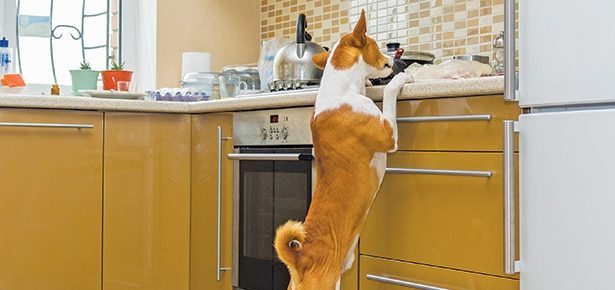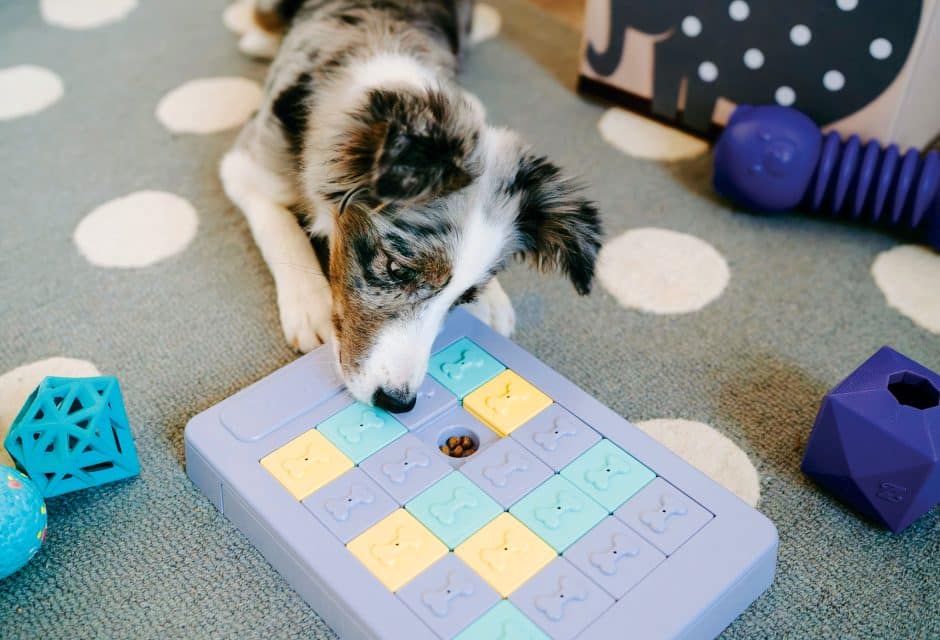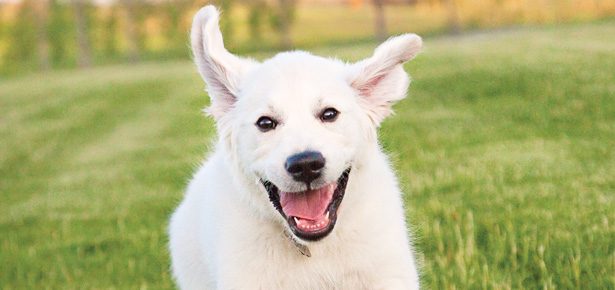

New Puppy? Get a Good Start on a Lifetime of Love
5 tips to get you and your new pup on the right path.
In partnership with our friends at NationwideFew events in life are as heartwarming as bringing home a puppy. As you enjoy the adorable new member of your family, always keep in mind that as much fun as puppies can be, it’s also important to use this special time to ensure a lifetime of good health and behaviour.
Here are five tips to get you and your pup on the right path.
1. See your veterinarian for preventive care guidance
Your puppy needs a series of vaccinations to protect them from life- threatening diseases. Puppies are born with some immunity from their mothers, but that goes away in the first weeks of their lives. Puppy shots pick up where mom’s protection left off, and because that varies, they are given as a series for protection. (Rabies is a little different, and when and how often that vaccine is given is determined by state and local law.)
Your veterinary healthcare team will also guide you on parasite prevention and control. Puppies are more susceptible to worms, so puppies typically get deworming medication at 2, 4, 6, and 8 weeks of age, then again near the 6-month mark. They also need to be started on flea, tick and heartworm prevention. Nationwide® pet insurance members can get good prices on parasite control: Get a quote at petinsurance.com to sign up for a policy.
2. Socialize your puppy – safely
Trainers and behaviourists agree that exposing your puppy to new things in a safe, positive manner is essential to their development. Veterinarians agree, but you should be cautious about exposing your puppy to disease before their series of puppy vaccinations is complete. This calls for a careful approach: Don’t take your puppy anywhere dogs you don’t know visit, such as dog parks or pet stores, until your veterinary healthcare team gives the OK. If you must go where other dogs have been, such as to your veterinary practice, carry your puppy to avoid exposing them to contagious diseases.
You can, however, arrange play dates with friendly, healthy dogs who are current on their vaccinations. You can also visit places with people but no dogs such as hardware stores, bookstores or outdoor restaurants. Ask for permission to bring your puppy into these places and bring treats. You’ll want to give them to people to give your puppy. Keep these meet-and-greets low-key and don’t push your puppy into scary situations. Work on providing experiences that let your new family member know the world is a welcoming place!
3. Acclimate to time alone while housetraining
It’s essential that your puppy learns it’s OK to be alone. This can be done as part of housetraining using a crate. Choose a crate that’s just a little bigger than your puppy or make a larger crate cozier by using a divider.
After taking your puppy to the potty area and praising them for using it, use the “tank empty” time to play with or train your puppy for a while, then into the crate for a nap. Have a special treat or chew that’s only given when you leave your puppy. Use a cue word or phrase such as “naptime” as you hand the special treat or toy – this way, they will associate your leaving with something good. Ignore any fussing or crying, and your pet will fall sleep soon enough.
When you return, take your puppy to the potty area and, again, praise for use. Simple guideline: A puppy can generally “hold it” as long as their age in months: A 3-month-old puppy can be crated for 3 hours, for example, but there’s a limit: No puppy or dog should be crated for an entire day. For short naps, water isn’t necessary and can slow the housetraining process. For longer periods, hang a small bucket in the crate with a little water and some ice to melt gradually.
4. Set limits on behaviors you don’t want in an adult dog
It’s easy to spoil a puppy, but resist the urge to allow behaviours that won’t be allowed in adult dogs. For example, if you don’t want an adult dog on the furniture, don’t encourage your puppy to get on the couch with you. Setting boundaries in puppyhood pays off for life: You can always ease up on house rules later if you want to, but it’s harder on you both to stop behaviour you once allowed.
Puppyhood is also the time to get a handle on nipping and biting. It’s normal behaviour, but puppies need to learn that human beings are not for chewing. When your puppy nips or bites, don’t hit or yell at them. Instead, redirect them to an appropriate chew toy and praise; if necessary, disengage and ignore your pet. The message should be: Some things are OK to chew, but when teeth hit skin, playtime is over.
5. Find a puppy class and groomer
A well-run puppy class is a great way to socialize your puppy, teach some basics manners to build on and get help with any issues you’re having. Private trainers, veterinary practices, pet-supply stores and park districts may offer puppy classes – ask your veterinarian for a recommendation. Puppy classes are especially helpful for teaching leash manners, and for helping puppies learn to keep all “four on the floor” – no jumping up!
For puppies who’ll need professional grooming, make your first appointment as soon as puppy shots are completed. Your puppy needs to learn to allow baths, trims, and nail clipping without a fuss, and a groomer will be expert at starting your puppy out right. Many popular curly-coated breeds and mixes, such as Poodles and Doodles, have puppy coats that can quickly become a matted mess at adolescence. Starting regular grooming sessions at home and getting grooming appointments scheduled early – along with praise and treats for good behaviour – will prevent unhappy wrestling sessions later.
Does this all seem like a lot? In truth, it is, but that’s because puppyhood is so short. Enjoy your puppy and be consistent in shaping the behaviour you want. The payoff is a lifetime of good health and good manners.
Join the newsletter and never miss out on dog content again!
"*" indicates required fields
By clicking the arrow, you agree to our web Terms of Use and Privacy & Cookie Policy. Easy unsubscribe links are provided in every email.





